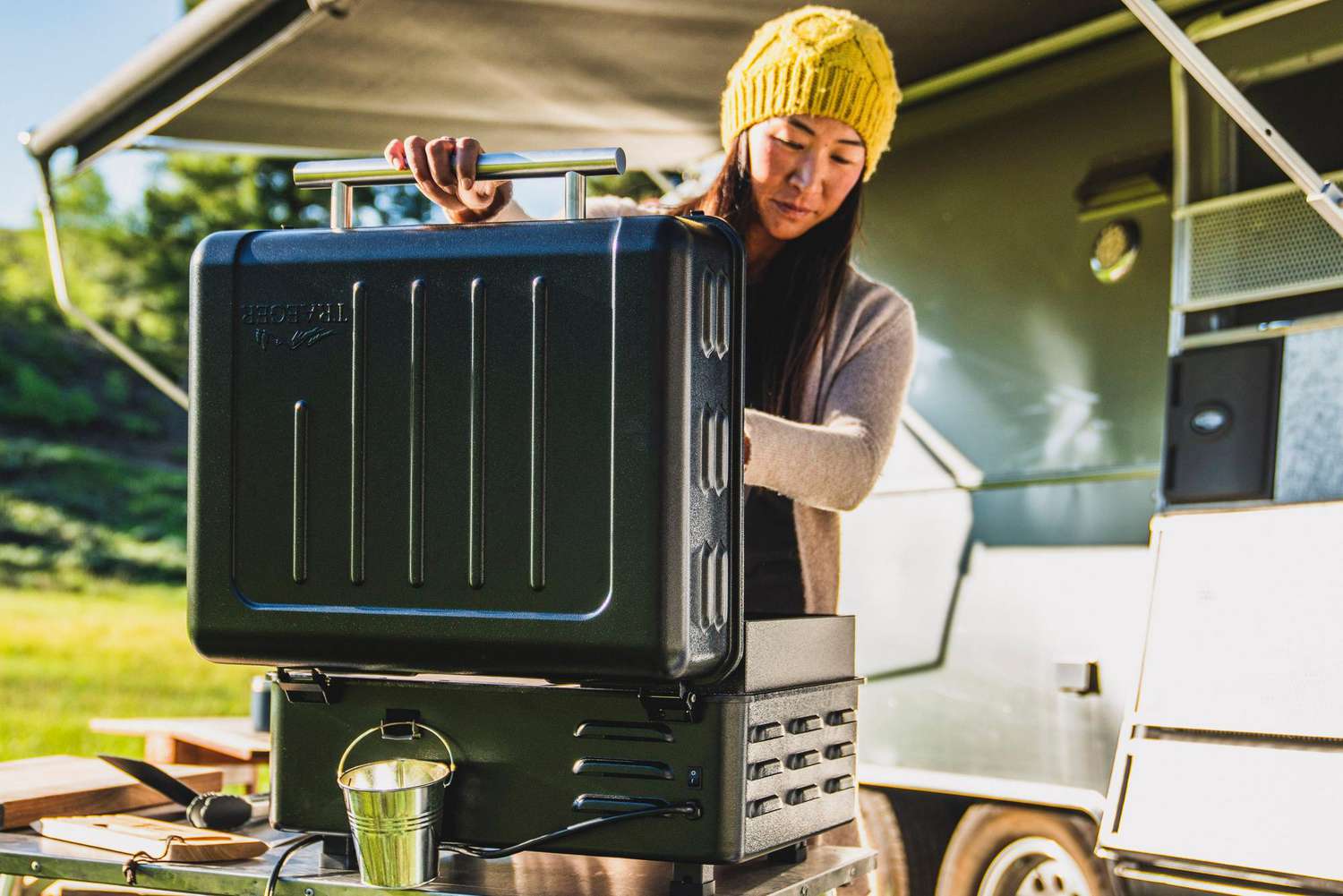
Smoking, a culinary technique that infuses meats, vegetables, and even cheeses with a distinct smoky flavor, has evolved from a traditional preservation method to a sought-after cooking style. Achieving perfectly smoked dishes requires not only skill but also the right equipment. In this guide, we’ll delve into the world of smoking and explore the must-have equipment that will elevate your smoked delights to a whole new level.
The Charm of Smoking
Smoking is more than just a cooking method; it’s an experience that combines flavors, aromas, and textures in ways that tantalize the senses. The slow and steady process of smoking imparts a rich, smoky taste that enhances the natural flavors of the ingredients. From tender briskets to succulent ribs and even vegetables, smoking is a versatile technique that can transform ordinary dishes into extraordinary culinary creations.
Must-Have Smoking Equipment
Smoker: The Heart of Smoking
The smoker is the cornerstone of smoking BBQ equipment. There are various types of smokers available, each with its unique features. The most common types include:
- Offset Smokers: These feature a firebox adjacent to the cooking chamber, allowing for indirect heat and smoke circulation.
- Vertical Water Smokers: These compact smokers use a water pan to regulate heat and humidity, producing tender and moist results.
- Electric Smokers: Ideal for beginners, electric smokers offer precise temperature control and are relatively easy to use.
- Pellet Smokers: Using wood pellets for fuel, these smokers provide a consistent and convenient smoking experience.
Wood Chips or Pellets: Flavor Infusion
Wood chips or pellets are essential for generating the smoke that imparts flavor to your dishes. Different types of wood produce varying flavors—hickory for a bold taste, apple for a mild sweetness, mesquite for a robust smokiness, and more. Experimenting with wood types can lead to a diverse range of smoky profiles.
Thermometer: Temperature Control
Maintaining the right temperature is crucial in smoking. A reliable meat thermometer ensures that your dishes are cooked to perfection. Some smokers come with built-in thermometers, but using an additional probe thermometer for accurate readings is recommended.
Heat Source: Charcoal, Electric, or Gas
The heat source you choose depends on your preference and the type of smoker you have. Charcoal adds authentic flavor but requires more attention. Electric and gas smokers offer convenience and precise temperature control, making them great choices for beginners.
Water Pan: Moisture Management
Water pans help regulate the humidity inside the smoker, preventing your meats from drying out during the extended cooking process. They also contribute to the formation of a flavorful bark on the meat’s exterior.
Rub and Marinade Applicators: Flavor Enhancement
Before smoking, rubs and marinades can add depth to your dishes. Invest in quality applicators like brushes or injectors to evenly distribute these flavorful concoctions over your ingredients.
Drip Pan: Easy Cleanup
Placing a drip pan beneath the cooking grates catches drippings, making cleanup easier. Additionally, the drippings can be used to create delicious sauces or gravies.
Smoke Box or Tube: Extra Smoke Boost
For smokers who may not produce enough smoke, a smoke box or tube filled with wood chips or pellets can provide an extra burst of smokiness.
Grilling Gloves and Tools: Safety First
Handling hot equipment requires proper protection. Heat-resistant gloves and long-handled tools will keep you safe while tending to your smoker.
Recipe Resources: Inspiration Galore
Lastly, equip yourself with a collection of smoking recipes and resources. From smoking times and temperatures to flavor combinations, having a reliable guidebook will aid in your smoking journey.
The Smoking Process: Patience is Key
Mastering the art of smoking involves more than just the right equipment; it’s a combination of technique, experimentation, and patience. Here’s a brief overview of the smoking process:
- Preparation: Season your meat with rubs or marinades and let them sit to absorb flavors.
- Preheating: Preheat your smoker to the desired temperature, ensuring it’s ready when the food goes in.
- Smoking: Place your seasoned meat on the cooking grates. Add your wood chips or pellets to generate smoke.
- Monitoring: Keep a close eye on the temperature using your thermometer. Adjust vents, dampers, or the heat source as needed to maintain a steady temperature.
- Basting (Optional): Depending on your recipe, you might choose to baste your meat during smoking to add moisture and enhance flavors.
- Resting: Once your meat reaches the desired internal temperature, remove it from the smoker and let it rest. This allows juices to be redistributed, resulting in a tender and flavorful dish.
Conclusion: Elevating Your Culinary Repertoire
Smoking is a culinary journey that demands both skill and the right equipment. From the choice of the smoker to the wood selection and the careful monitoring of temperatures, every step contributes to the creation of unforgettable smoked delights. As you gather your must-have smoking equipment and embark on this flavorful adventure, remember that smoking is more than cooking—it’s a timeless tradition that connects you to the artistry of flavor and the heritage of culinary craft. So, gather your wood, fire up the smoker, and watch as ordinary ingredients transform into extraordinary masterpieces that will leave a lasting impression on your taste buds.

